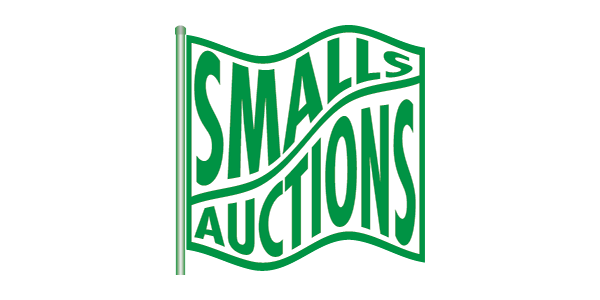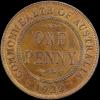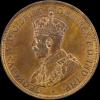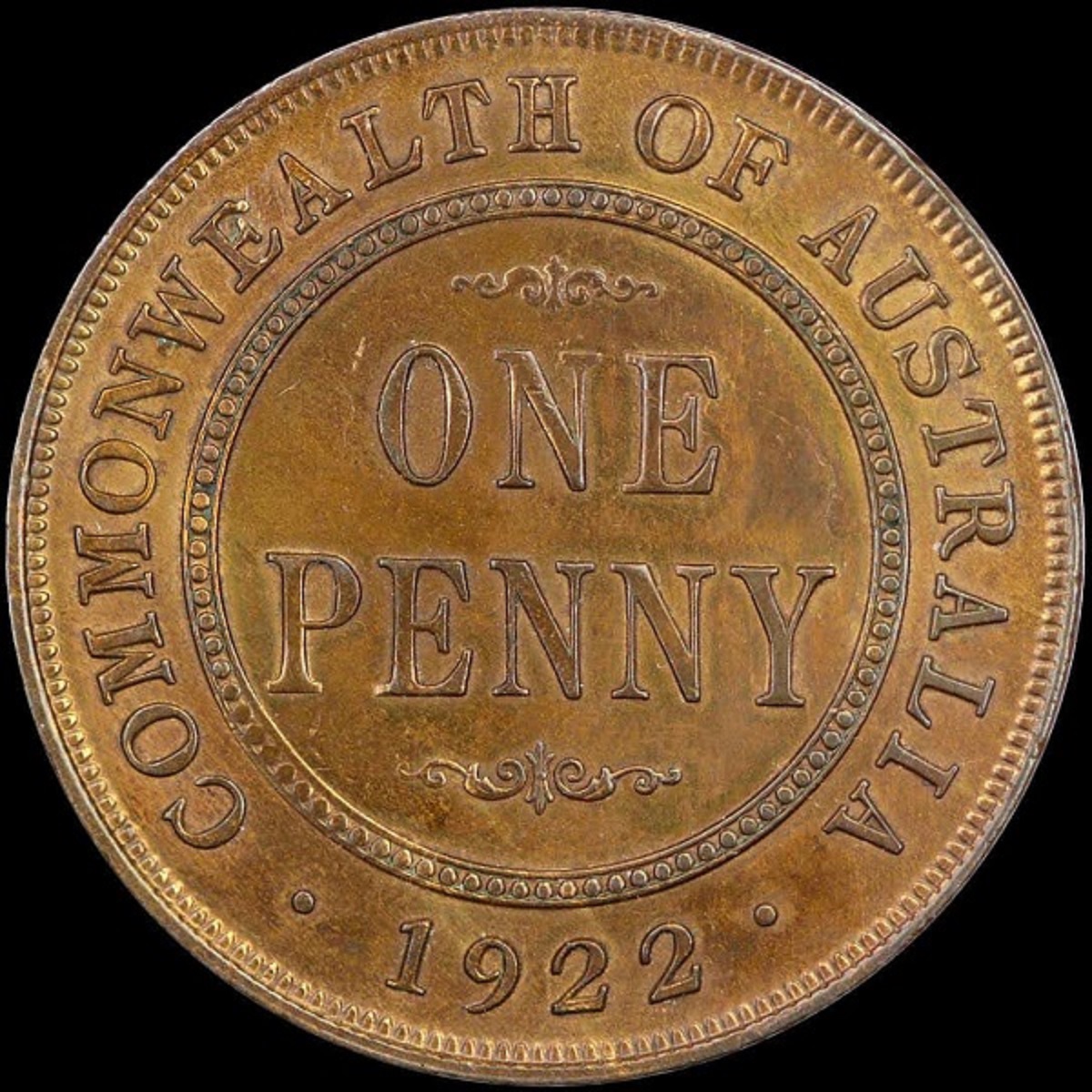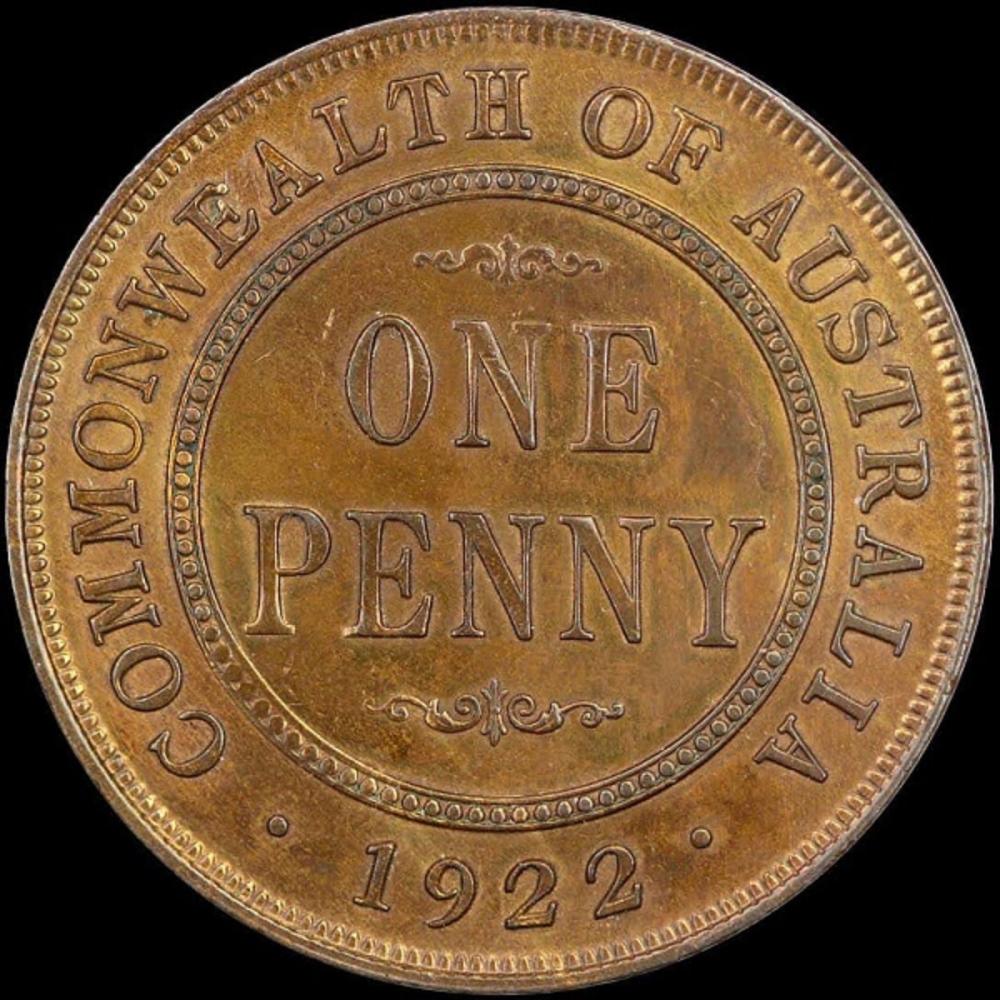Lot 137

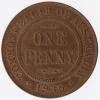
Ex 'Benchmark Collection'. Rare
-
Literature:
- 355 Medium:
- Collectibles Circa:
- Coins, Monies & Stamps Notes:
- Australia's first locally minted pennies were struck by the Melbourne Mint in 1919 and bore no identifying mint mark. The Melbourne Mint had been striking silver coins since 1916 but being new to striking pennies on the much harder copper planchets it quickly went through its supply of reverse Penny dies that had been sent out from London. As an emergency measure it took it upon itself to back-engineer a master die from one of its remaining 1919 reverse working-dies so it could maintain production. This was certainly a first for the Melbourne Mint which had to overcome newly encountered production difficulties especially concerning the restricting collar that contained the new die and which had led to a loss of sharpness in the legend. The Melbourne Mint 'tidied-up' the legend with its own distinctive florid touches to the base of the letters and, was so enamoured with its final production that it marked the new dies with a surreptitious mint mark to claim its additional workmanship. The coins struck on the 'modified' dies are distinguished by a small dot under the bottom scroll i.e. '//.' It was certainly chuffed with the result as it can be argued that except for a few instances such as an 'experimental' run of '//.' pennies it struck in 1920 with an 'English' obverse, and pennies it struck in 1923 on a newly arrived 'London' reverse, the Melbourne Mint chose to use its 'modified' reverse dies throughout the 1920s and beyond. Before the first pennies were struck in 1924 it had 'modified' the master dies derived from the new 1923 'London' reverse hub to better suit its parochial taste. Again in 1931 the Melbourne Mint followed its protocol of sticking with an 'unaltered London' reverse that arrived in November 1930 but, in an uncharacteristic twist it also re-employed the 'unaltered Birmingham' reverse it had not used since 1921. The combinations of two obverse and two reverse dies used in 1931 allied with small mintages singles it out as an experimental year and, tellingly in 1932 the Melbourne Mint reverted to its preferred 'modified Birmingham' reverse which it continued to use until the last George V pennies were struck in 1936. An interesting quirk occurred in 1922 where four varieties have been identified combining 'English' and 'Indian' obverses with 'unaltered Birmingham' and 'modified Birmingham' reverses. It has long been established that the entire mintage of 'Indian' obverse 1922 pennies were struck at the Perth Mint on obverse dies previously supplied by the Sydney Mint. These were coupled with ten dated reverse dies supplied by Melbourne with the coins produced roughly split between 30% struck on 'unaltered Birmingham' dies typified by 'flat-based' lettering in the legend, and 70% on 'modified Birmingham' dies with evidence of 'serifying' on the base of the letters. However, the great mystery surrounds the 1922 'English' obverse pennies. In January 1922 the Melbourne mint had received a fresh stock of Birmingham reverse hubs from London but it clearly still favoured using working-dies derived from its emergency 1919 '//.' reverse. The entire mintage of 1922 pennies with an 'English'obverse were long thought to be the product of the Melbourne Mint. These can also be split between coins with an 'unaltered' or 'modified' Birmingham reverse, but in this instance the numbers are significantly more biased. Perhaps as little as 5% of the mintage is struck on 'unaltered' dies which suggests an 'experimental' run - but by whom? It is possible but not probable that the Melbourne Mint conducted a small 'experimental' run of pennies on the 'unaltered Birmingham' reverse but, that would run contrary to its known practices and, it is more likely that they were the product of the Perth Mint. The writer has long argued that the 1921 'English' obverse Penny is also on balance an 'experimental' striking by the Perth Mint which had been sent four 1921-dated 'Birmingham' reverse dies in early 1922. The fact that the 1921 'English' obverse pennies were struck on 'unaltered' dies significantly increases the probability that they were used sparingly by Perth when it was gearing up to produce its 1922 pennies. Similarly, the small run of 1922 'English' obverse pennies struck on the 'unaltered Birmingham' reverse were likely struck in a similar vein, as it has been shown that if the Melbourne Mint had immediate access to its 'modified' dies then that was there preferred option. Whether the 1922 'English' obverse Penny with the 'unaltered Birmingham' reverse was struck by Melbourne or Perth it is undoubtedly a rare coin in high-grade. When compiling the 'Benchmark Collection' the writer, after much searching, had to be satisfied with a lightly cleaned Uncirculated which was subsequently graded PCGS Cleaned AU-detail. This month Smalls Auctions offers the 'Benchmark' 1922 'English' obverse Penny with an 'unaltered Birmingham' reverse, a very rare coin indeed.
Accepted Forms of Payment:
American Express, MasterCard, Money Order / Cashiers Check, Paypal, Visa, Wire Transfer
Shipping
AUSTRALIA: Purchases within Australia will be charged a MINIMUM SHIPPING FEE of $5.50 and will be sent by Registered Post. Additional insurance is optional at the buyer's expense.
INTERNATIONAL: Overseas purchases will be charged a MINIMUM SHIPPING FEE of $20.00 and will be sent by Registered Post International. Additional insurance is optional at the buyer's expense.
Both Australian and International packages are traceable in transit and require a signature on delivery.
Smalls Auctions
You agree to pay a buyer's premium of up to 18.5% and any applicable taxes and shipping.
View full terms and conditions
| From: | To: | Increments: |
|---|---|---|
| A$0 | A$99 | A$5 |
| A$100 | A$999 | A$10 |
| A$1,000 | A$4,999 | A$50 |
| A$5,000 | A$9,999 | A$100 |
| A$10,000 + | A$250 |

